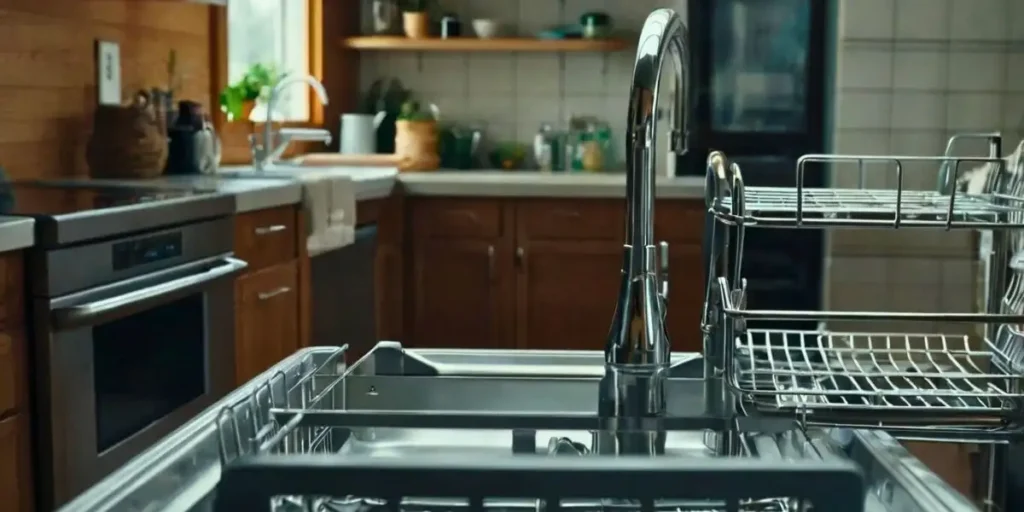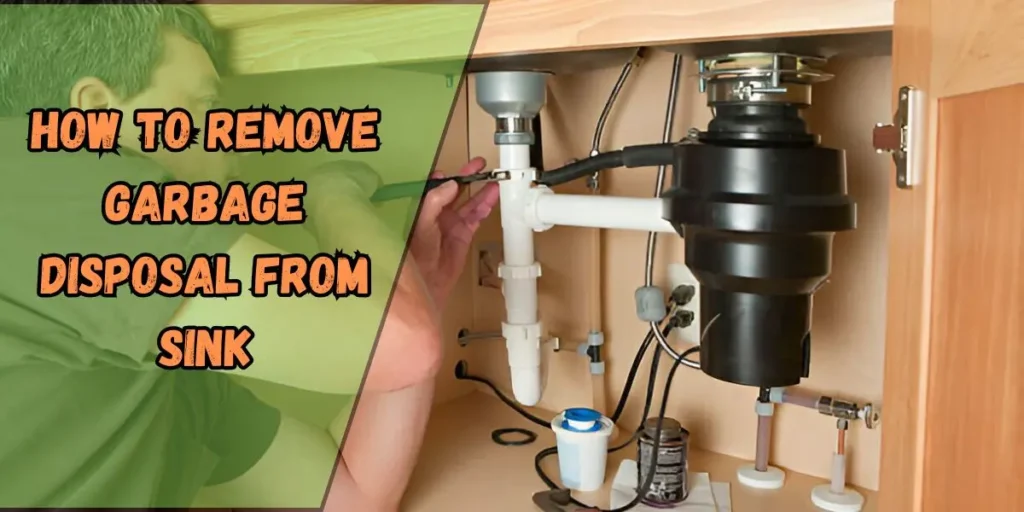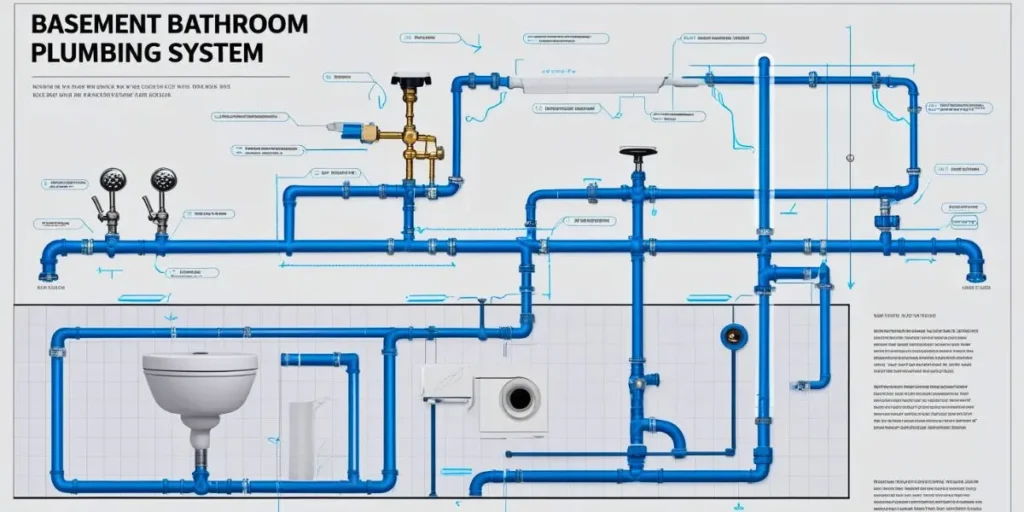How Far from Sink Can Dishwasher Be? Key Facts Explained
How far from the sink can the dishwasher be placed? Finding the perfect spot for your dishwasher is crucial to enhancing your kitchen’s efficiency and organization. Proper dishwasher placement saves time and simplifies daily chores, making it easier to maintain a smooth workflow.
Whether planning a new layout or upgrading your appliance, positioning your dishwasher near the sink is key to convenient use and cost-effective installation. Factors like plumbing setup, sink proximity, and overall kitchen layout optimization are vital to consider, as they influence both functionality and design.
A well-placed dishwasher ensures easy access to water lines, optimizes dish-loading and unloading, and prevents kitchen congestion. This guide will provide essential placement tips, practical solutions for everyday challenges, and ways to streamline the kitchen experience. Learn how thoughtful positioning can make all the difference in your daily routine!

Standard Placement Guidelines
When designing your kitchen, it is crucial to consider where to place the dishwasher. A dishwasher will smooth daily awkwardness and ensure all kitchen wares are in order if placed appropriately. Below are a few preliminary principles that may guide you in selecting the correct location.
Optimal Distance
The best place to put your dishwasher is next to the sink if you can manage it. It is essential, although optional, to mount it right beside the sink or in the next cabinet cabinet. This arrangement helps wash and load the dishwasher in the shortest time possible.
Also, it minimizes work effort and materials required during installation because the water and drain lines are close. As you shall learn, preparing food around the kitchen vicinity implies that one will not have to transfer around with plates full of water, consequently ensuring that the area remains as clean as possible.
Maximum Distance
There is a distance that cannot be crossed as far as the position of the dishwasher is concerned – ideally, it should be near the sink. At the same time, some manufacturers prescribe a maximum distance of 10 to 12 feet. There is such a limit because it is impossible for the drain hose and pumps to move water across a certain distance while still delivering their optimum performance. Going beyond this length may result in drainage complications, resulting in messy backups or poor performance. There is always an arrival guide for the dishwasher, and it is always good to read the manual to avoid complications.
Technical Considerations
Technical features, such as where a dishwasher will be installed, are essential. These considerations ensure that your appliance will work well and minimize future issues.
Plumbing Requirements
Thus, the unit must have clear access to the water supply and drain lines to operate correctly. These links should already exist around your preferred location. This one has to be got right for the drain hose. It should not exceed the length specified by the manufacturer, especially if the building has problems with drainage. Further, the drain connection should not be above 6 feet from the bottom of the dishwasher. The higher connection can back up water and affect the performance of that specific equipment. Ensure that everything is correctly fitted and connected so as not to cause leakage or blockage.
Installation Types
There are three general classifications of dishwashers, and each type has specific installation requirements. Freestanding is the most versatile type because it can be installed in several areas depending on its proximity to the water supply connections.
Cabinet/dream built-in dishwashers are typically installed nearer existing plumbing arrangements since most of these units are made to be flush with cabinetry. Standard solutions can be challenging when your kitchen layout is problematic, but portable dishwashers are helpful. These small units attach to your faucet when in use and can then be detached and stored for later use.
Practical Design Factors
Setting up a dishwasher is not only about its size and location. It also requires adding design and functionality to your agenda. If well-planned and designed, the placement of your kitchen accessories should be both efficient and fun. The following are essential points to bear in mind.
Ergonomic Considerations
Therefore, your dishwasher should be placed so that it feels normal to use. Installing it on the side opposite your dominant hand is a great tip. This layout also increases efficiency in loading and unloading meals because it is more comfortable when one is on the side.
It also matters to make sure that there is enough space around the dishwasher to allow for ventilation. It needs space for you to open the door to its most expansive and for the objects to be moved in or out at a reasonable speed. Jammed into a small space, it can quickly become an annoying task.
Remember the door clearance. The dishwasher cannot be placed in front of access points or other areas where people move around in the kitchen. The door should be placed where it can be fully opened without hindering traffic. This little aspect goes a long way in determining how functional your kitchen will be.
Storage Proximity
It must also be placed near storage points to minimize the distance food storage items need to cover to reach the washing area. It should also be placed close to your dish cabinets so that you can quickly offload and store plates, bowls, and glasses, among other things. Every step is potentially a step toward failure, and the fewer steps there are in the process, the better.
Your cutlery drawers should also be conveniently located. This arrangement makes it easier to arrange forks, knives, and spoons immediately after washing them, possibly the dishwasher near the main working areas in the kitchen, such as the ledge. This will make it easier to rinse and load dirty dishes while preparing and washing them. Considering ergonomics and storage proximity when designing the kitchen, you can make a gorgeous and highly functional kitchen. If done right, it is possible to avoid those unnecessary movements that can make your daily operations a misery.
Common Issues to Avoid
Inevitable mistakes regarding the dishwasher’s location may lead to significant troubles later. Avoid these issues to ensure your dishwasher operates effectively and your kitchen remains efficient. Here are some things to watch out for.
Installation Mistakes
Another common mistake when selecting a site for installing a dishwasher is installing it far from the water source. Your dishwasher must have free access to water supply connections and the drain. If it’s too far away, installation becomes complex, and performance may deteriorate.
Another problem is creating inadequate space for the dishwasher door to align with the dishwasher. If the door cannot be adequately opened, carrying food items, specifically the dishes, in and out of the kitchen will be cumbersome. This might also lock other appliances nearby, like cabinets or any appliance you choose; this is just an added frustration.
You should also consider the kitchen’s traffic flow. They concluded that placing the dishwasher in positions that inhibit vital circulation within the kitchen interferes with people’s movement patterns. However, ensure it does not hinder movement around the house or other appliances.
Efficiency Concerns
The best place for a dishwasher usually determines its efficiency. Using an extended drain line to connect a dishwasher placed in a distant location can cause clogs or slow drainage. Longer drain lines create a slimmer pipe, which does not allow water and food particles to flow as easily.
Also, a dishwasher away from the sink may cause the pump motor to work harder than required. Few pumps are manufactured to operate over extended distances, and this weakens them over some time. This can sometimes result in costly repair bills; worse, a new set of wheels is required.
Lastly, consider convenience. If your dishwasher is installed on one side of your kitchen while the sink or storage space is on the other, you will move the dishes from the sink or storage to the dishwasher many times. This wastes time and makes extra work out of your daily activities.
When considering these points, you can avoid some placement mistakes, make your dishwasher function well, and make the kitchen easy to use.
Practical Tips for Proper Dishwasher Placement

Choosing the correct location of your dishwasher will help you avoid many troubles. If you have future problems, here are some practical tips to consider if you want to make the right choice for your kitchen.
Consider Kitchen Size, Layout, and Workflow
First, you have to pay attention to the kitchen’s existing layout. The choice of flooring depends on many factors. The location of the dishwasher will, in many cases, depend on the size and shape of your kitchen area. A small kitchen may require more innovative ideas to implement, while a big kitchen might not require as much creativity.
Take note of the workspace’s flow. A dishwasher should be located near the sink for easy rinsing and loading. Moreover, consider how frequently you use storage areas. It is recommended that the dishwasher be situated near the cabinets and drawers so that unloading takes less time and effort.
The placement should also allow one to move quickly throughout the kitchen. Ensure that the dishwasher does not hinder movement around the kitchen, interfere with other kitchen appliances, or become the center of traffic.
Work with Professionals
Don’t skimp on plumbing and electrical work. This means hiring contractors with prior experience installing dishwashers. They will also ensure the water is connected correctly and drain lines and power connections are adequately installed to prevent future disputes. This can prevent you from suffering from leakages, choked-up drainage systems, or electrical faults.
The professionals can also suggest the best position that would be most convenient, bearing in mind the current facilities in your kitchen. Their advice is helpful when speaking to them, especially those unsure of most of the technicalities involved in the process.
Invest in Flexible Kitchen Designs
If you are planning a new kitchen design or a kitchen remodel, it is wise to consider the flexibility of the designs. Kitchens today are primarily flexible in their design so that changes in the arrangement of appliances can be made. DV elements such as adjustable wall units, additional utility connections, or a flexible-use zone help you relocate your dishwasher if necessary.
This is particularly helpful because the circumstances in which you require a digital tool will change with time. For example, you could redesign how your kitchen is laid out or change your dishwasher to a new model sometime in the future.
Conclusion
Choosing the right spot for your dishwasher is essential for a functional and efficient kitchen. The foundation of success is considering technical aspects like plumbing access and proper installation. Practical design factors, such as ergonomic placement and proximity to storage, can make daily tasks easier. Knowing common mistakes like poor door clearance or extended drain lines helps avoid unnecessary headaches. Of course, following practical tips like assessing your kitchen layout, working with professionals, and opting for flexible designs ensures long-term convenience.
With careful planning, you can tackle any challenges and create a kitchen setup that works perfectly for you. A well-placed dishwasher saves time, reduces effort, and keeps your kitchen running smoothly.
Now is the time to evaluate your kitchen or start planning for improvements. Take the step to ensure your dishwasher placement is both innovative and efficient. Small changes can make a world of difference in your everyday routine.
Frequently Asked Questions (FAQs)
Dishwashers are ideally placed within 10 feet of the sink to ensure efficient plumbing connections and avoid potential drain or waterline issues.
Placing the dishwasher close to the sink simplifies the plumbing setup, reduces the waterline length, and enhances the convenience of loading dishes directly after rinsing.
Yes, but it requires additional plumbing modifications. Extended drain lines may lead to clogging, and longer waterlines can strain the pump.
To counteract drainage issues caused by the extended distance, you’ll need longer, properly sloped drain lines and potentially a booster pump.
Yes, longer distances mean extra effort for transporting dishes, potential plumbing complications, and slightly reduced dishwasher operational efficiency.
Proper placement ensures smooth workflow, keeps pathways clear, and allows easy unloading into storage areas for a practical, user-friendly kitchen.
Absolutely. A professional plumber ensures proper water flow, drainage, and compliance with plumbing codes, preventing costly errors and future issues.
Related Posts
-
 03 Jan 2025 SinkLearn How to Remove Garbage Disposal From Sink 2025
03 Jan 2025 SinkLearn How to Remove Garbage Disposal From Sink 2025 -
 03 Jan 2025 SinkHow to Install a Kitchen Sink Sprayer in Simple Steps 2025
03 Jan 2025 SinkHow to Install a Kitchen Sink Sprayer in Simple Steps 2025 -
 30 Dec 2024 RemodelSimple & Effective: Basement Bathroom Plumbing Diagram
30 Dec 2024 RemodelSimple & Effective: Basement Bathroom Plumbing Diagram -
 30 Dec 2024 SinkHow Far from Sink Can Dishwasher Be? Key Facts Explained
30 Dec 2024 SinkHow Far from Sink Can Dishwasher Be? Key Facts Explained -
 29 Dec 2024 SinkHow to Get Instant Hot Water at Kitchen Sink
29 Dec 2024 SinkHow to Get Instant Hot Water at Kitchen Sink -
 28 Dec 2024 SinkHow to Fix an Airlock in a Kitchen Sink Drain: A Step-by-Step Guide
28 Dec 2024 SinkHow to Fix an Airlock in a Kitchen Sink Drain: A Step-by-Step Guide -
 27 Dec 2024 SinkKitchen Sink Soap Dispenser Not Working? Here’s How to Fix It
27 Dec 2024 SinkKitchen Sink Soap Dispenser Not Working? Here’s How to Fix It -
 26 Dec 2024 SinkKitchen Sink Drains into Yard: Causes, Solutions
26 Dec 2024 SinkKitchen Sink Drains into Yard: Causes, Solutions -
 26 Dec 2024 SinkNo Water in Bathroom but Everywhere Else: Expert's Solutions
26 Dec 2024 SinkNo Water in Bathroom but Everywhere Else: Expert's Solutions -
 26 Dec 2024 SinkDouble Kitchen Sink Plumbing Diagram: A Visual Guide
26 Dec 2024 SinkDouble Kitchen Sink Plumbing Diagram: A Visual Guide

